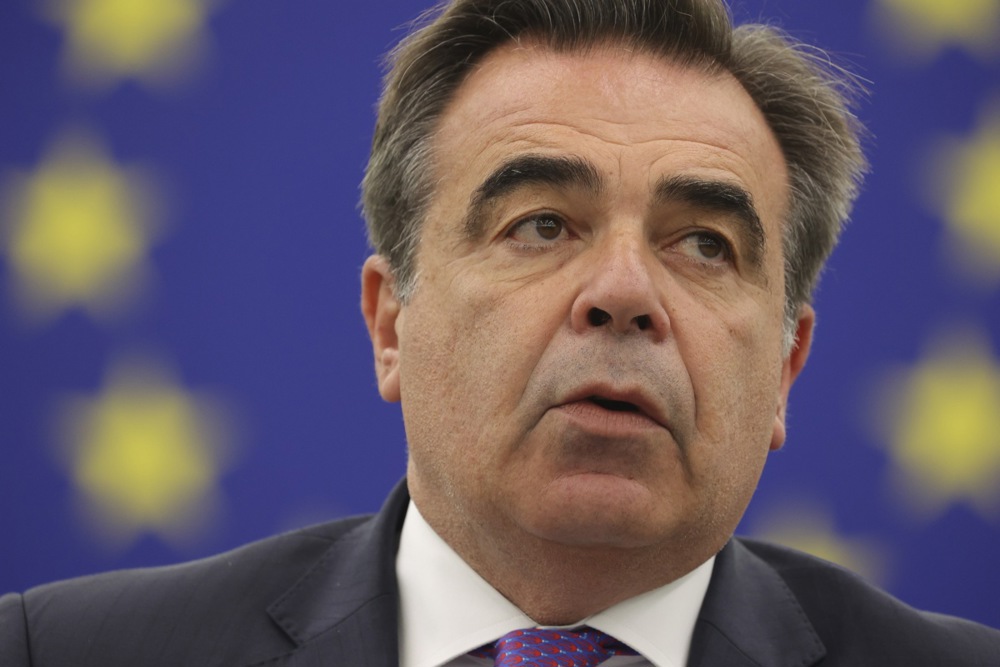The International Energy Agency’s (IEA) latest Oil Market Report (OMR) predicts global oil demand to expand by 2.2 million barrels per day (mb/d) to 102.2 mb/d in 2023, with China alone contributing to more than 70 per cent of that increase.
The Paris-based IEA said in its monthly report that world oil demand already hit a record 103 mb/d in June and that August and “could see yet another peak”.
The agency said that the projected acceleration in global demand this year will be the “highest-ever annual level”, having already anticipated a record for 2023 of 101.9 mb/d in February.
World oil demand has reached unprecedented heights, propelled by factors such as robust summer air-travel, increased oil usage in power generation and a surge in Chinese petrochemical activity. “Chinese demand was also stronger than expected, reaching fresh highs despite persistent concerns over the health of the economy,” the OMR stated.
Refinery throughputs are projected to reach their zenith in August, reaching 83.9 mb/d during the summer – an increase of 2.4 mb/d since May and 2.6 mb/d compared to same time in 2022. Despite this surge in refined-product output, market tightness persists, driving petrol and so-called “middle distillate cracks” to near-record highs. High-sulphur fuel-oil cracks have also bolstered margins, topping 2022 levels in July his year.
An oil crack, or crack spread, is a term used to mark the differences between crude oil and the prices of the wholesale petroleum products that derive from it, such as jet fuel, kerosene, home-heating oil and petrol.
Russian oil exports remained stable, according to the latest OMR. While crude-oil loadings fell, higher product flows offset that reduction. Despite a decline in crude exports to China and India, these two nations still accounted for 80 per cent of Russian shipments.
Elevated oil prices, coupled with narrower discounts for Russian grades, propelled estimated export revenues to $15.3 billion (€14 billion) – an increase of $2.5 billion (€2.3 billion), although still $4.1 billion (€3.7 billion) below the previous year’s figures.
Throughout July, ICE Brent futures surged by $11 per barrel, reaching $86/bbl, buoyed by improved macroeconomic sentiment and tightening physical balances due to Saudi output cuts and lower Russian loadings.
The ICE Brent Crude futures contract is a deliverable contract based on EFP delivery with an option to cash settle against the ICE Brent Index price for the last trading day of the futures contract. EFP is a transaction between two parties in which a futures contract on a commodity is exchanged for the actual physical good.
As of the report’s publication, Brent was trading near $87/bbl – bbl being a barrel of crude oil – approaching the peak for 2023.
The record-high usage is set to slow due to reduced demand amid lacklustre macroeconomic conditions and a post-pandemic recovery losing momentum. Stricter efficiency standards and the rise of electric vehicles also dampen consumption.
World oil demand is scaling record highs, boosted by summer air travel, increased oil use for power generation & surging petrochemical activity in China
With deepening OPEC+ supply cuts, global markets are set to continue tightening through the fall ⬇️ https://t.co/k6shRxYYM4
— International Energy Agency (@IEA) August 11, 2023





